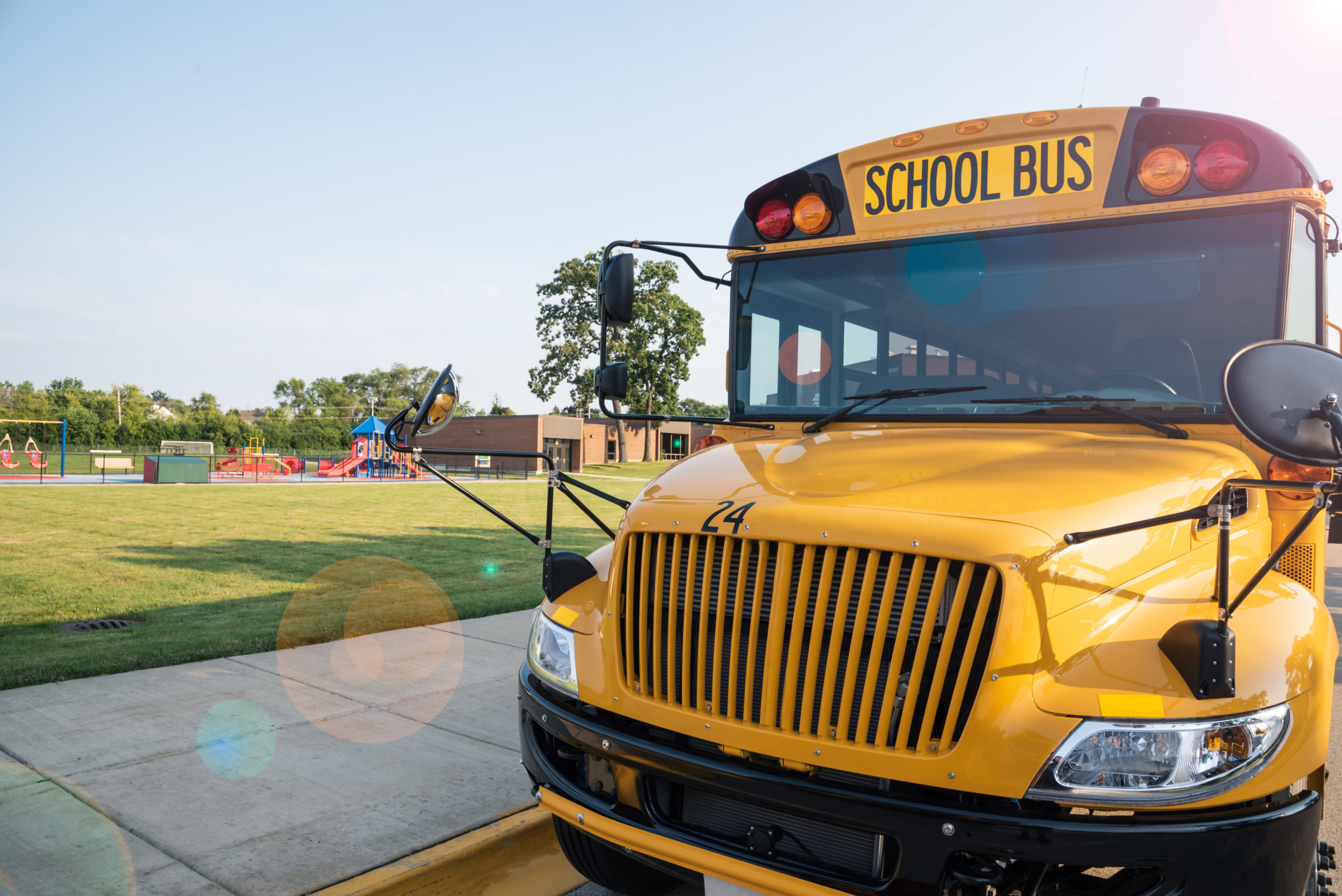Minnesota K-12 public schools received updated guidance on how to handle providing transportation for students who live in the school district, but attend another school.
Public schools commonly have arrangements with non-public schools and charter schools in their district to provide busing for students residing in the district. The possibility of those schools being on different in-person learning schedules raised questions and led the Minnesota Department of Education (MDE) on Friday to provide additional clarity.
For Nonpublic Schools
Minnesota law requires public school districts to provide equal to and from transportation services for nonpublic school students in the district as it does for public school students.
So how does this work during COVID-19?
- Districts are required to transport nonpublic school students within the district on days that the district is providing in-person instruction (whether fully in-person or a hybrid) and is transporting public school students to and from school.
- The routes and times are scheduled at the district’s discretion.
- The public school transportation must provide the same level of safety for nonpublic schools students who are transported as public school students, e.g., social distancing, masks, bus cleaning, distance limits between home and school, etc.
- The nonpublic school and the local school district can agree that the nonpublic school work with a contract bus company for service. The agreement can be that the public school will pay the agreed-upon contract and claim the expense on UFARS.
For Charter Schools
Minnesota Statutes (Section 124E.15) allows charter schools to decide whether they will provide their own transportation of students.
- If a charter school does not elect to provide transportation and notifies the local district by March 1 of the preceding school year, the district in which the school is located must provide transportation for a pupil residing in the same district in which the charter school is located.
- The district in which the charter school is located may provide transportation to residents of other districts enrolled in the charter school. If the district provides the transportation, the scheduling of routes, manner and method of transportation, control and discipline of the pupils, and any other matter relating to the transportation of pupils is within the sole discretion, control, and management of the district.
- The state pays the designated transportation portion of the charter school’s basic revenue to the district for transporting charter school students.
If a charter school has an agreement with the school district to provide transportation, it must continue to provide transportation to the charter school regardless of what learning model (distance, in-person, or hybrid) that district or charter school are operating. A district must not refuse to transport charter school students because it is operating a distance learning or hybrid model and the charter school is not.
Resource
View the full guidance. (Updated 8/7/2020)





